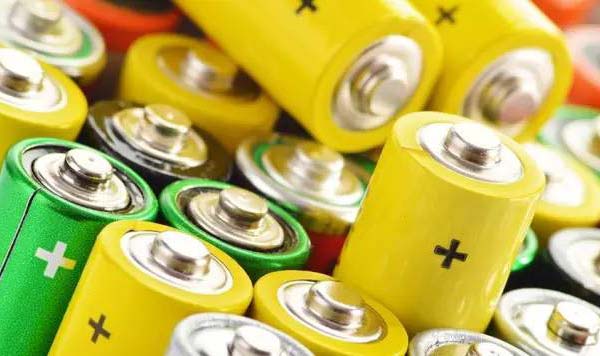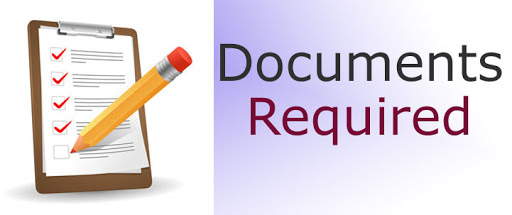- By TOP CHINA FREIGHT
- September 9, 2025
- Shipping
Table of Contents
Shipping lithium batteries from China is one of the most complex areas of global trade. Unlike ordinary electronics or clothing, lithium batteries are classified as dangerous goods, which means stricter controls on how they are packed, transported, and cleared through customs. However, given China’s role as the largest producer of lithium batteries worldwide, many businesses cannot avoid importing them. This guide provides everything you need: shipping methods, costs, documents, compliance requirements, and practical strategies to avoid costly delays.

Why is Shipping Lithium Batteries from China So Regulated?
Lithium batteries are widely used in electronics, electric vehicles, power tools, and medical devices. However, their chemical composition makes them volatile. If damaged, short-circuited, or exposed to heat, they can ignite spontaneously. Airlines and shipping companies have reported multiple incidents of fires caused by lithium cargo.
Therefore:
International Regulations:
IATA (air) and IMO (sea) enforce strict codes for packaging and labeling.
Customs Requirements:
Countries such as the USA, EU, and Australia require detailed safety documentation.
Insurance Concerns:
Carriers demand additional insurance coverage because of the risk level.
For these reasons, shipping lithium batteries from China is not like shipping general cargo. Importers must work with specialists who understand dangerous goods compliance.
What Shipping Methods Are Available for Lithium Batteries?

There are three major shipping channels for lithium batteries: air freight, sea freight, and express courier. Each has different restrictions.
| Shipping Method | Transit Time | Cost Level | Suitable Cargo | Pros | Cons |
|---|---|---|---|---|---|
| Air Freight | 3–7 days | High | Small to mid-sized shipments | Speed, reliability, priority customs | Expensive, limited capacity |
| Sea Freight | 20–40 days | Low | Large bulk shipments | Cost-effective, suitable for containers | Slow, more customs checks |
| Express Courier | 4–10 days | Medium | Samples or urgent parcels | Door-to-door, simplified handling | Strict size/weight rules, higher fees |
Tip:
If you are shipping to Amazon FBA warehouses, air freight or courier is often recommended due to speed. For wholesale distribution, sea freight remains the most economical option.
How Much Does It Cost to Ship Lithium Batteries from China?

Costs vary depending on:
- Battery type (lithium-ion, lithium-metal).
- UN classification (UN3480, UN3481, UN3090, UN3091).
- Weight, volume, and shipping method.
- Destination country and airport/port charges.
Strategy:
Combine multiple small shipments into one consolidated container to reduce per-unit cost. For businesses with regular imports, negotiating long-term contracts with forwarders can also bring significant savings.
What Documents Are Required for Lithium Battery Shipping?

Shipping lithium batteries without the right documents is the fastest way to face customs delays.
Essential paperwork includes:
| Document | Purpose | Issued By |
|---|---|---|
| Commercial Invoice | Declares product value for customs | Exporter |
| Packing List | Details contents and packaging | Exporter |
| MSDS (Material Safety Data Sheet) | Confirms hazardous classification | Manufacturer |
| UN38.3 Test Report | Safety test proving compliance | Battery factory |
| Dangerous Goods Declaration | Mandatory for DG cargo | Forwarder/shipper |
| Import License (some regions) | Required in certain countries | Importer |
Tip:
Always check if your supplier in China can provide a valid UN38.3 certificate. Without it, your cargo may be rejected by carriers at the origin airport/port.
Should You Choose Air or Sea Freight for Lithium Batteries?

This decision depends on urgency, budget, and volume.
| Factor | Air Freight | Sea Freight |
|---|---|---|
| Speed | 3–7 days | 20–40 days |
| Cost | High | Lower |
| Risk of Delay | Less (priority clearance) | More (port inspections, vessel delays) |
| Best Use | Urgent orders, samples, e-commerce | Large wholesale shipments |
What Packaging Rules Apply to Lithium Battery Shipments?
Packaging is one of the most critical aspects of compliance.
- Use UN-certified cartons with strong outer packaging.
- Each battery must be insulated to prevent short circuits.
- Hazard labels must be affixed (Class 9, Lithium Battery Handling label).
- For air freight, follow IATA Section II rules on watt-hour limits.
- For sea freight, comply with IMO IMDG Code.
Best Practice:
Hire a packaging service in China that specializes in DG cargo. Many freight forwarders offer this as an additional service to ensure your cargo passes airline inspection.
How Long Does Shipping Lithium Batteries from China Take?
Shipping times vary significantly.
| Destination | Air Freight | Sea Freight | Courier |
|---|---|---|---|
| USA | 3–5 days | 25–35 days | 5–8 days |
| Europe | 4–7 days | 28–40 days | 6–10 days |
| Middle East | 4–6 days | 22–32 days | 5–9 days |
| Australia | 3–6 days | 20–30 days | 5–8 days |
Tip:
Factor in extra 3–5 days for customs clearance and security checks. Planning with buffer time avoids customer dissatisfaction.
What Are the Risks of Shipping Lithium Batteries?
- Fire hazards from damaged cells or improper packaging.
- Rejected shipments if documents are incomplete.
- Port or airport congestion adding delays.
- Cost overruns for urgent re-bookings.
Mitigation Strategy:
Always insure your cargo. Lithium battery shipments carry higher risk; comprehensive insurance protects against financial loss.
Case Study: Shipping Lithium Batteries from Shenzhen to Los Angeles
A US electronics retailer needed to ship 2 tons of lithium-ion batteries from Shenzhen to Los Angeles. Initially, they considered air freight but the cost exceeded $20,000.
Instead, they worked with a freight forwarder in China specializing in dangerous goods. The forwarder recommended sea freight using a DG container service. Services provided included:
- Verification of UN38.3 test reports.
- Proper DG declaration under IMO standards.
- Packaging with UN-certified cartons and labeling.
The shipment took 30 days door-to-door, saving nearly 40% compared to air freight. Although slower, the cost efficiency allowed the retailer to increase their profit margins.
Can a Freight Forwarder Simplify Lithium Battery Shipping?
Yes. Professional freight forwarders provide end-to-end solutions for dangerous goods logistics:
- Checking compliance of supplier documents.
- Advising on the most cost-effective routes.
- Handling dangerous goods declarations.
- Coordinating customs clearance at origin and destination.
- Providing storage and repacking if cargo fails inspection.
Key Insight:
Always ask your forwarder whether they have DG-certified staff. Not all forwarders are licensed to handle lithium shipments.
Conclusion
Shipping lithium batteries from China is complex but manageable when approached correctly. By choosing the right transport method, preparing complete documentation, ensuring compliant packaging, and working with an experienced forwarder, businesses can minimize risks and avoid costly delays. Whether you prioritize speed with air freight or savings with sea freight, compliance remains the most important factor in shipping lithium batteries from China.
Need a Shipping Quote?
If you want expert guidance and peace of mind, our team is ready to assist.
TJ China Freight offers tailored solutions to help businesses of all sizes ship more reliably from China.

FAQs
Q1:What is the safest method for shipping lithium batteries?
Air freight with certified DG carriers is safest, though sea freight is cost-effective for bulk.
Q2:Do lithium battery shipments need insurance?
Yes, insurance is highly recommended due to the elevated fire risk and strict regulations.
Q3:Can I ship lithium batteries with equipment?
Yes, under UN3481, but packaging rules still apply.
Q4:Are lithium batteries restricted in express courier?
Yes, weight and watt-hour limits apply. Always check courier rules.
Q5:How can I speed up customs clearance?
Ensure all documents (MSDS, UN38.3, DG declaration) are accurate and complete.
